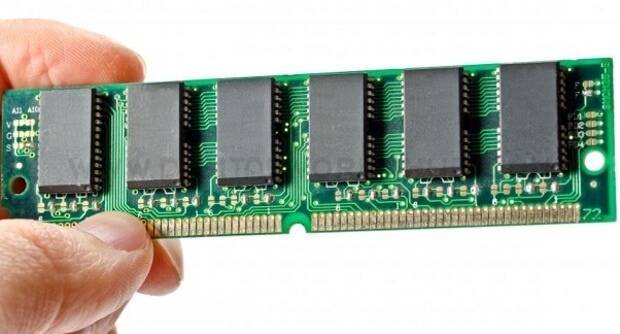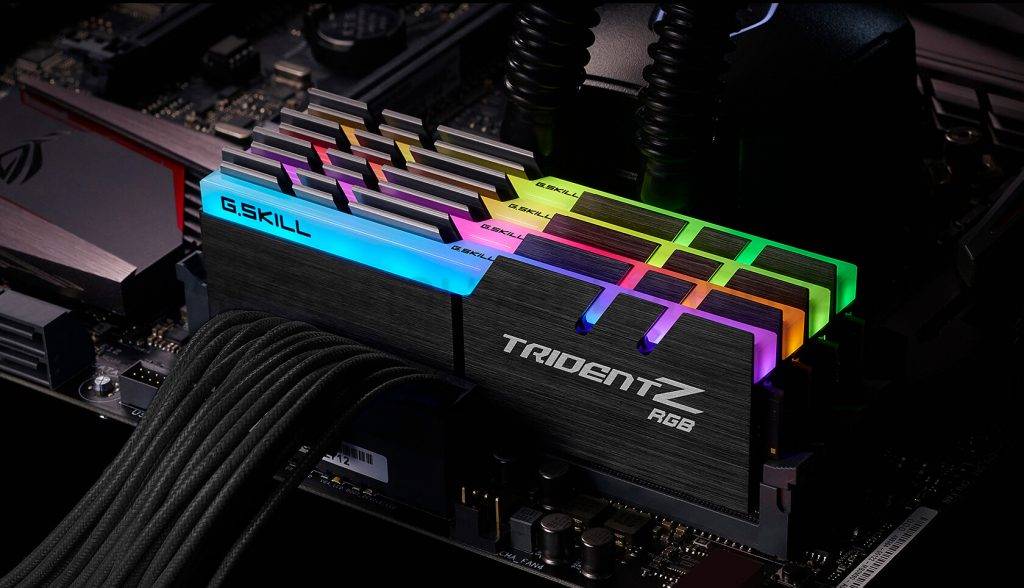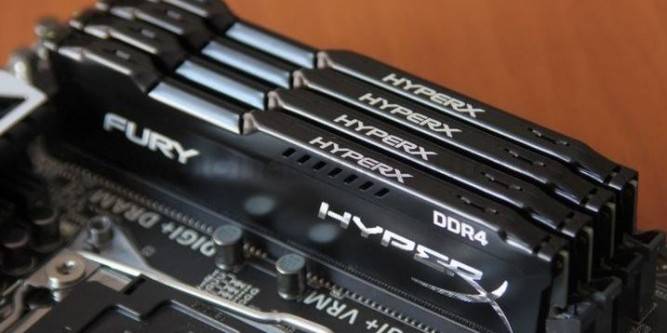Table of Contents
RAM
One of the earliest used random access memory is the magnetic core memory that was developed from 1955 to 1975, and at the same time, it was used in computers, before using the dynamic and static technology of RAM. Earlier computers used relay, dial-line or dial memory, or various types of airless tubes (hundreds to thousands). Drum memories could increase at a lower cost but needed to know about drum designs or layouts to speed up information and speed up the data. Before the development of the integrated ROM circuit, ROMs are often made using semiconductor dioxid matrices.
Random Access Memory
In short, RAM (RAM) is a way to store data on a computer. Random data can be accessed in any order, which is why it is called random access memory. A random word here implies – any data (depending on its location) can be retrieved at exactly the same time. In the protective perspective, modern dramas are not random access memory (how they can read data). At the same time, random access memory of various types of serum, ROM, OTP and nor flash. RAM call volatile memory because the stored data does not remain after the connection is disconnected.
Some non-volatile memory (which do not erase data even after the lightning is gone), which are ROMs with a protective look, are ROMs, a kind of flash memory called no-flash. The first Ram module came into the market that was produced in 1951 and 1960s and was sold in the early 1970s. However, other memory devices (magnetic tape, discs) can definitely enter and use them in their stored memory forever.
RAM Type
The two main types of RAM are static and dynamic. In the case of static RAM, a bit of data store using flip-flop status. This type of RAM is expensive, but there is less energy and more speed than the DRAM. Its uses on modern computers, a cache memory. Durham uses a pair of transistors and capacitors to save a bit of data, which together create a memory cell. Capacitors save data using a high or low signal (1 or 0 repeated again). A transistor acts as a switch that controls the flow of information and changes the capacitor’s signal. This memory uses for less expensive production, so it uses as a computer’s RAM.
Both static and dynamic RAM is volatile (memory erases when the power goes out). On the other hand, ROM permanently stores data which can not be modified in any way. ROMs that are suitable for writing or writing, such as EEPROM and Flash Memory, feature both RAM and RAM, which hold information without power and can be updated without using any special equipment. This type of ROM is a USB flash drive, memory card, etc. As of 2007, NAND Flashes will be used instead of similar types of memory in different netbooks, because it is like a really random access memory that can execute direct code execution.
There are some static RAM and dynamic RAM in which there are special shortcuts that can detect random errors stored in it and can be used by the error code. Usually, RAM means solid-state memory device and more specifically the main memory of most computers.
Virtual Memory
On most modern operating systems, there is a process for improving the performance of RAM, its velocity memory. Any unused portion of the computer’s hard drive is kept as a page file. These page files and RAM attachments are the total memory of the whole system. For example, if a computer has 2GB RAM and 1GB pages, then the total memory will be 3 GB for the operating system. When the RAM memory is low with the system, it uses the page file to perform its job. Excessive use of this method reduces the performance of the system because the hard drive is less than the speed of the RAM.
RAM Disk
The software can penetrate RAM so that it can act like a fast-moving hard drive called RAM disk. Since the RAM disk is part of the RAM, so the data stored in it disappears.
Shadow Or Shadow Ram
Sometimes, information about the low-speed ROM is the copy for data usage in RAM. ROM chips disable when the starting memory transfer by performing in any block of RAM (often in the right-protected). This process is call shadowing. Usually, it sees in computers and connects systems (otherwise it cannot be support or the operating system may not run). A common example is that some personal computers have an option to use “use shadow bios” or shadow bios or in any such name. When activated, the bias data goes to any place in the drama. Depending on the system, it may not increase performance or may not work. This reduces the amount of empty memory.



























